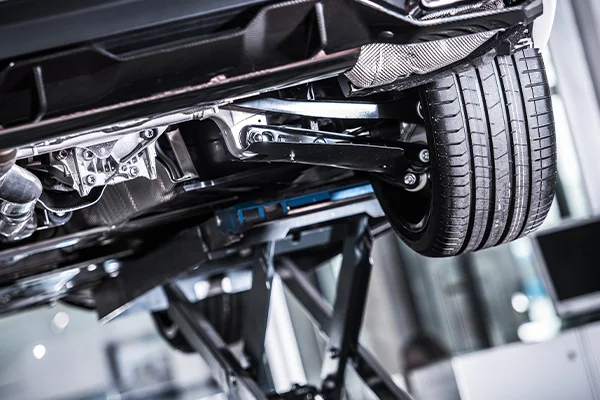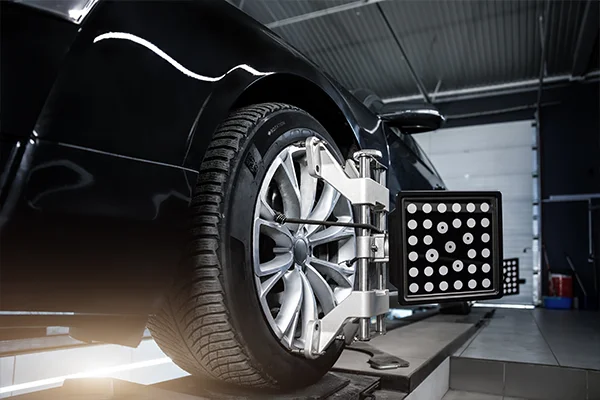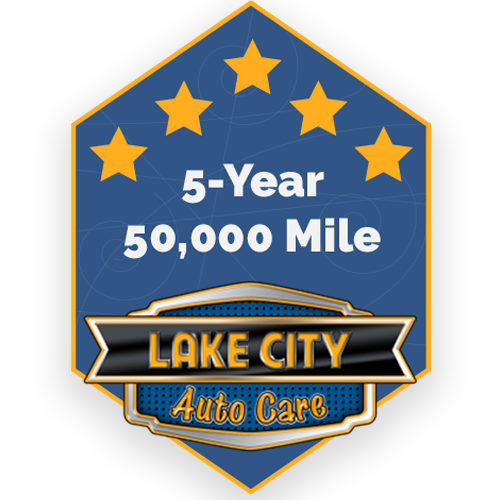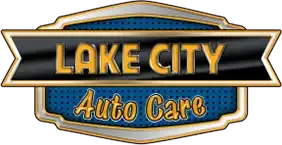How Are Wheel Alignments Done?
Wheel alignments are one of the most important, and often overlooked, services for maintaining your vehicle’s handling, tire life, and overall performance. When your wheels are out of alignment, it can cause a host of issues including uneven tire wear, steering problems, increased suspension wear, and decreased fuel efficiency. Understanding how wheel alignments are done can help you appreciate their value and know when it’s time to schedule one.
What Is a Wheel Alignment?
A wheel alignment is a service that adjusts the angles of your vehicle’s wheels so they match the manufacturer’s specifications. These angles affect how your tires contact the road and how your vehicle handles. A proper alignment ensures that all four wheels are pointing in the correct direction, working together for stable and predictable handling.

What Technicians Adjust During an Alignment
There are three key alignment angles technicians check and adjust during a standard wheel alignment:
Camber
This is the inward or outward tilt of the wheels when viewed from the front of the vehicle. Too much tilt in either direction can lead to uneven tire wear.
Toe
This refers to whether the tires point inward or outward when viewed from above. Imagine looking down at your feet; if your toes point toward each other, that’s toe-in. If they point outward, that’s toe-out. Incorrect toe settings are a major cause of rapid tire wear.
Caster
This is the angle of the steering axis when viewed from the side of the vehicle. Caster affects stability, steering return, and cornering. It’s not always adjustable on all vehicles, but it’s still measured during alignments.
How Wheel Alignments Are Performed
The alignment process is precise and uses specialized equipment to measure and adjust the vehicle’s suspension angles. Here’s a step-by-step overview of how alignments are typically done:
1. Initial Inspection
Before starting any adjustments, the technician inspects the tires, suspension, and steering components for any damage or wear. Worn parts such as ball joints, tie rods, or bushings can throw off alignment and may need to be replaced first.
2. Vehicle Is Placed on an Alignment Rack
The car is driven onto a flat alignment rack equipped with sensors or cameras. These systems are designed to measure wheel angles accurately in real-time. The technician then attaches special clamps to each wheel, which communicate with the alignment system.

3. Measurements Are Taken
Using laser or camera-based alignment machines, the technician takes readings of the current wheel positions. These readings are compared against factory specifications provided by the vehicle’s manufacturer. Any misalignment will be clearly shown on the alignment computer display.
4. Adjustments Are Made
Once the problem areas are identified, the technician makes physical adjustments to the suspension components. This often includes changing the tie rod length (to correct toe), repositioning control arms or struts (to adjust camber), or modifying the caster angle if possible.
Adjustments must be done in a very specific order to avoid throwing other settings out of alignment. Most shops follow a front-to-back or symmetrical method to keep the process efficient and accurate.
5. Final Check and Road Test
After all adjustments are complete, another set of measurements is taken to ensure the alignment is within the proper range. Once confirmed, the vehicle may be test-driven by the technician to check for any remaining steering or handling issues.
When Should You Get a Wheel Alignment?
Alignment should not be thought of as a one-time service, as regular alignments help maintain control and extend the life of your tires. You should have your alignment checked:
- After hitting a curb or pothole harshly
- If the steering wheel feels off-center
- If your vehicle pulls to one side while driving
- After suspension work or new tires
- As part of regular maintenance every 12,000 to 15,000 miles
Precision Wheel Alignments at Lake City Auto Care
Driving with poor alignment can damage your tires, reduce fuel economy, and make your vehicle harder to control. Regular wheel alignments help prevent these problems and can even save you money in the long run by avoiding premature tire replacement.
At Lake City Auto Care in Coeur d’Alene, Rathdrum, and Hayden, we use state-of-the-art alignment equipment to ensure every adjustment is accurate and within spec. Our technicians will inspect your suspension system, correct any alignment issues, and get your car driving straight and smooth again. Give us a call or schedule online with our friendly team today!
North Idaho's Best Warranty
We stand behind our work 100%. That's why we offer a five-year, 50,000-mile warranty on all services and repairs. You can rest assured that when you bring your vehicle to us, we've got you covered no matter what happens down the road.
Appointments (208)-856-8336
